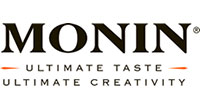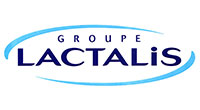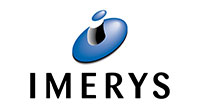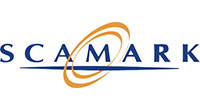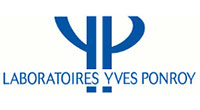
Last June we launched a survey to better understand the expectations of the food industry and consumer products on the theme of ROI of innovation and in particular the perception of companies. I invite you to discover the key figures that emerged from this study.
73% believed that it is essential to innovate and to develop or enhance a product to gain a competitive advantage. The new globalized environment in which are these industries requires companies to be constantly and frequently innovating in order to be able to differentiate themselves from their competition. That is why today companies usually renew 1/3 of their product portfolio annually.
In the Valorial-KPMG survey of 2014, we found that innovational strategies were not always clearly defined. In fact, this study demonstrated an almost complete absence of performance measurement of the innovation when this is becoming an increasingly strong requirement. In other words, it’s difficult to choose the “right” innovation without measures and targets on the performance of previous products to compare the results.
Furthermore, in our survey we asked the question, “What would change your views to learn about the value of the ROI of your innovations?” and for 55% of participants in the survey, this would legitimize the investments in the R& D and innovational projects.
In effect, innovation is not only an imperative exercise but a costly and complex one as well,
- If the products that “earn a lot” are high-paying, we mustn’t forget that innovation is above all else a graveyard of failures.
- For a new product that is considered interesting and successful without promotion, the redemption rate is only 50%. Thus the cost of innovation is not just the cost of marketing but of an overall cost including promotional efforts.
- Rushing into becoming international is imperative. However, the cost of international product marketing involves the inclusion of new parameters such as local customs, controlling taxes and shipping costs, document management and contracting in different languages, etc.
- The innovation beyond the R&D phase becomes a complete cycle in which each business service is involved.
- Faced with these challenges, the implementation of innovation management tools is a major challenge for the food industry. A sector for which change is a rule, not the exception.
I invite you to visually discover the 6 key steps to optimize and control the ROI of your innovations.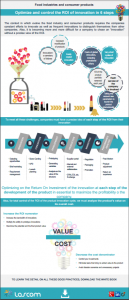
(To view the infographic, please click the link here, or please click the image above.)















